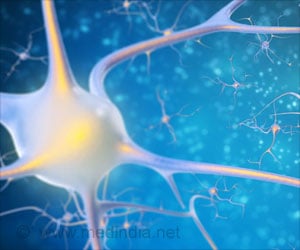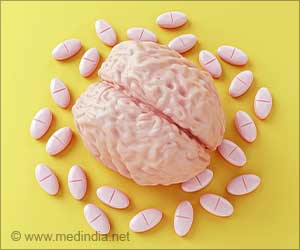Neurons in the visual cortex (brain region for processing visual stimuli) are found to change their responses to the same stimulus over time.

‘Neurons in the visual cortex (brain region for processing visual stimuli) are found to change their responses to the same stimulus over time through representational drift.
’





“We know that the brain is a flexible structure because we expect the neural activity in the brain to change over days when we learn, or when we gain experience — even as adults. What is somewhat unexpected is that even when there is no learning, or no experience changes, neural activity still changes across days in different brain areas,” says Ji Xia, a recent Ph.D. graduate of the laboratory of Ralf Wessel, professor of physics in Arts & Sciences and a postdoctoral fellow at Columbia University. Visual Area Drift
The study team utilized novel data analysis to address questions of dynamics and computation in neural circuits of the visual cortex of the brain using the mice model.
The mouse was allowed to watch a 30-second movie clip and simultaneously their brain activity in the primary visual cortex was recorded using two-photon calcium imaging. The session was repeated for up to seven weeks.
Using a new computational approach, the study found that individual neurons did not respond the same way to the visual stimuli over several weeks even at the same moment in the film.
Advertisement
However, the study sets a different scenario to further explore the mechanism of this drift in various other areas of the brain to better decode the complexity of the brain.
Advertisement














